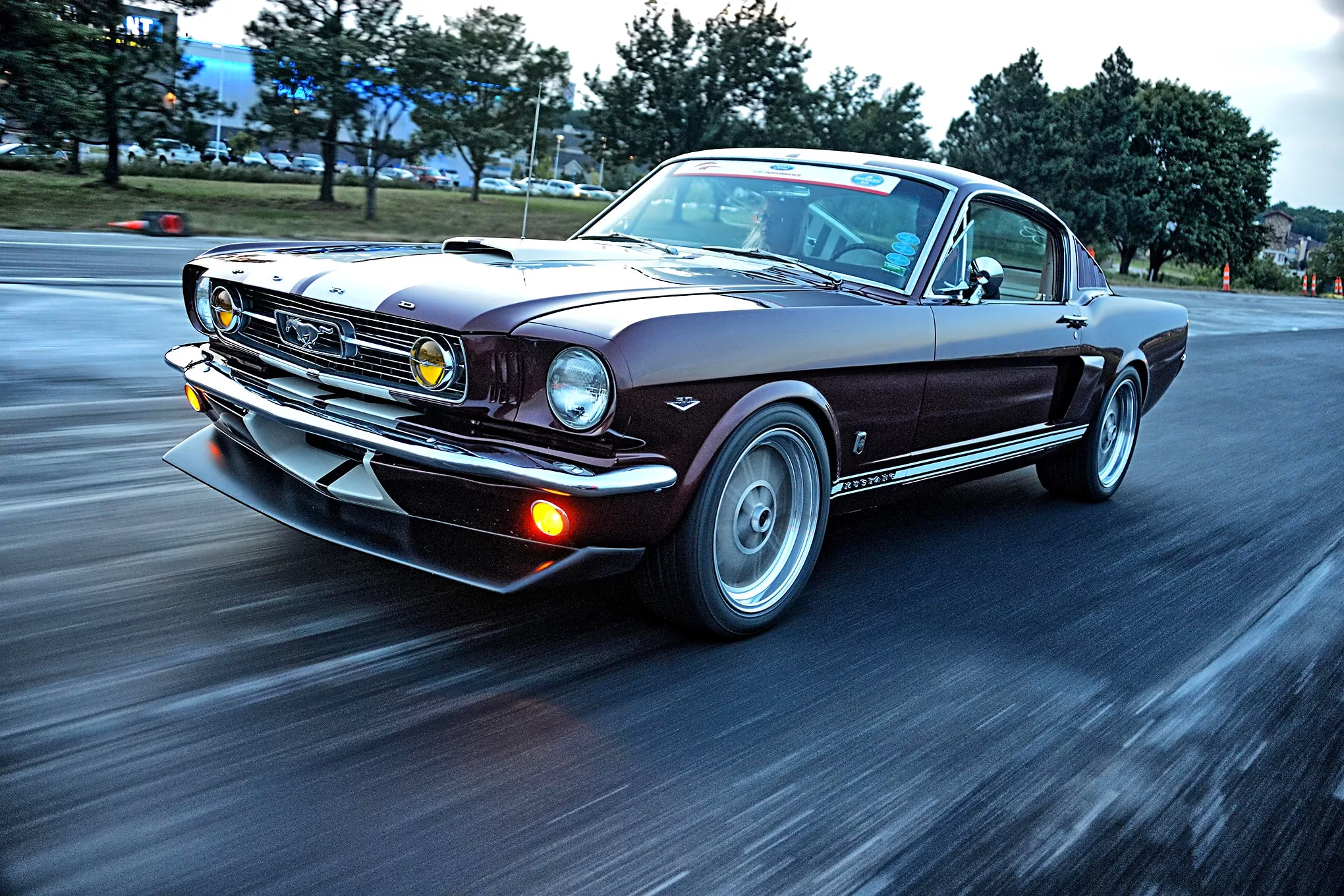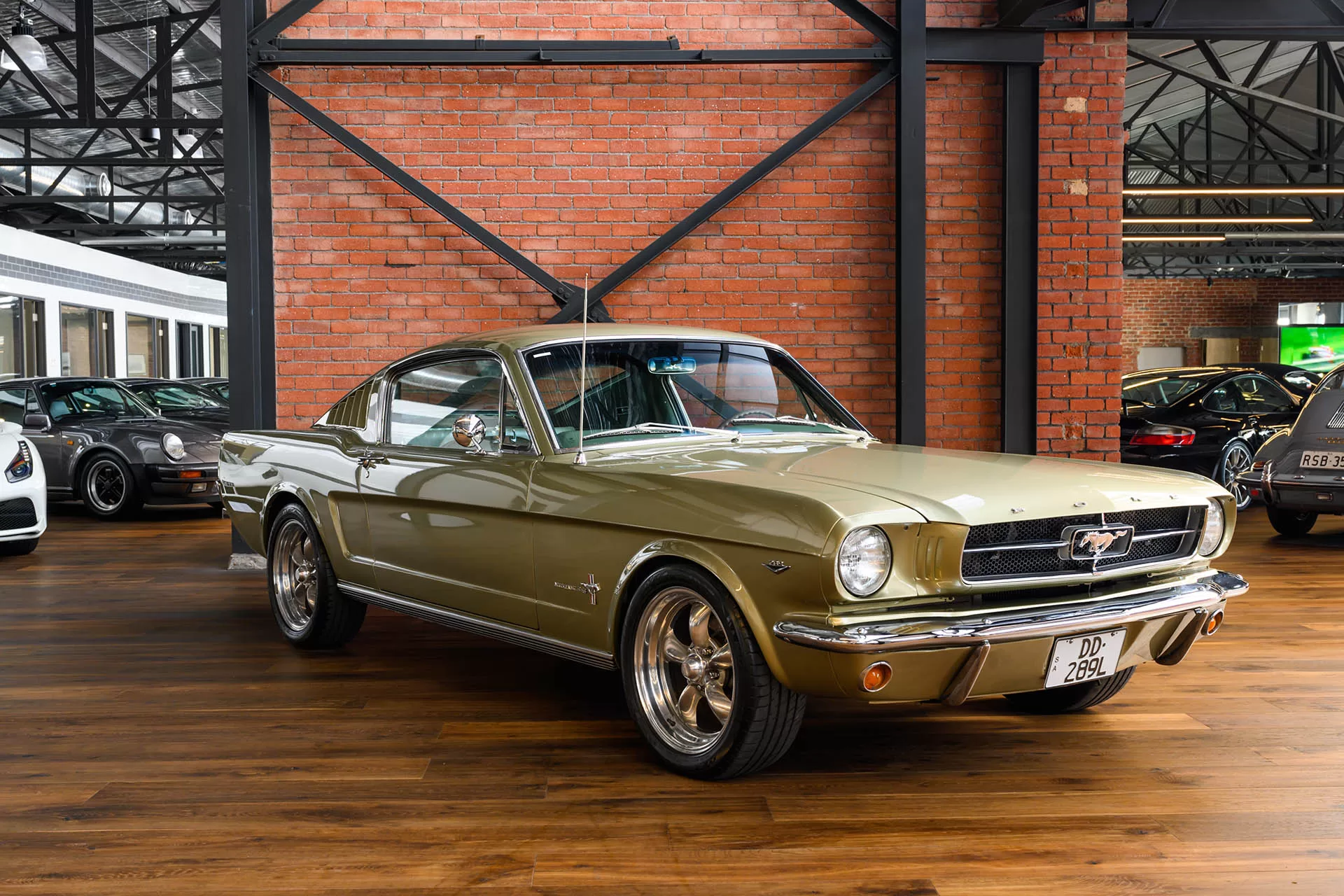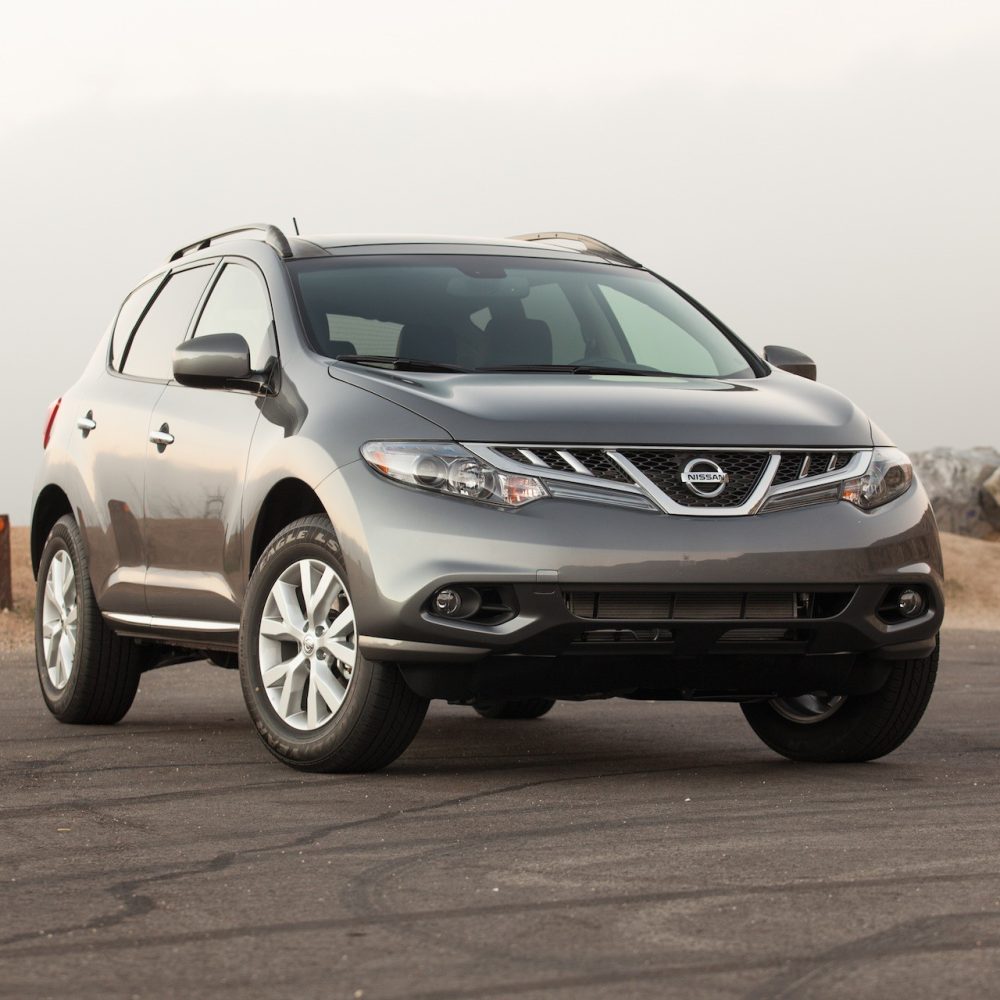Ask automotive enthusiasts to visualize a Mustang and odds are they picture a sporty fastback silhouette with long hood and short rear decklid. This iconic roofline helped make the original 1964 1⁄2 Mustang an overnight success while fueling the 1960s pony car performance wars against rivals playing catch-up. Even as SUVs dominate sales today, the essential Mustang DNA persisting in modern fastback models traces directly back to the exciting early years defining Ford’s flagship pony car through style, power and aspirational design cues still going strong six decades later. 
This article pays tribute to the legendary Mustang fastback body style by looking back at origins of this American icon that shaped automotive culture and continues inspiring freedom through an unmistakable blend of power and dramatic styling that transcends passing trends. From home-built hot rods to blockbuster movie fame, its legacy flows as strongly as the dramatically sloping lines streaming off its rear decklid.
Birth of Fastback Mustang an Automotive Legend
When launched in 1964 as a 1965 model, Mustang brought a new pony car formula blending European sports car flair with Detroit V8 muscle into an attainable package. The initial Mustang hardtop coupe sparked sales wildfire doubling forecasts. But Ford envisioned even more potential capitalizing on this new niche. That same year, designers sculpted an evocative fastback 2+2 body style that continued the roofline into a speedy rear window Kamm tail treatment not found on hardtop stablemates.
Arriving in showrooms for 1965, the sleek fastback Mustang coupe channeled fascinating Italian gran turismo styling themes into an affordable American package ready for street or track thanks to available big block V8 grunt. For the everyman, Mustang fastback brought accessible escapism and independence when powered by optional 271-horsepower Hi-Po small blocks ready to tear up back roads or pose proudly at the local burger stand.
With a balance of performance, style and value, the Mustang fastback became a phenomenon promising endless journeys fueled by freedom and independence for anyone bold enough to grab life one quarter mile at a time.
Big Screen Fame: McQueen’s Legendary Chase Car
While Mustangs made appearances in the iconic 1964 James Bond film Goldfinger, the fastback cemented pop culture celebrity status thanks to Steve McQueen’s legendary 1968 movie Bullitt. McQueen’s Highland Green 1968 Mustang fastback defined what a muscle car should be through iconic chase scenes roaring through San Francisco.
This cinematic 10-minute duel rocketed Mustang road presence into the stratosphere by displaying visceral V8 performance and style. Bullitt cemented the fastback’s reputation as the quintessential American pony car bridging motorsports spirit with attainable performance. Like countless kids witnessing the chase scenes, generations of enthusiasts became inspired by the movie magic blending power, freedom and rebelliousness into McQueen’s heroic car.
The Fastback Legacy: Fastback Mustang Muscling Through Generations
By the late 1960s, the fastback cemented itself as the ultimate expression of Mustang’s formula blending power, style and attainable fun. Even as emissions and regulations diluted models in the 1970s, diehard fans and collectors kept fastback desire alive into the 1980s and beyond thanks to their iconic style.
Surviving 1960s and early 1970s examples now achieve sky-high valuations at auction, with rare ultra-high performance variants like Boss 429 and original Shelby GT500s eclipsing $400,000 for pristine documented examples. Their increasing rarity and big screen fame keeps demand and values high today.
Across every generation from the Fox Body to SN95 and S197 eras, designers incorporated fastback cues linking back to Mustang’s glory years when personal style took center stage. After over 50 years in production, the iconic Mustang fastback persists as a cultural symbol intertwining freedom, performance, and being bold enough to live life your own way.




